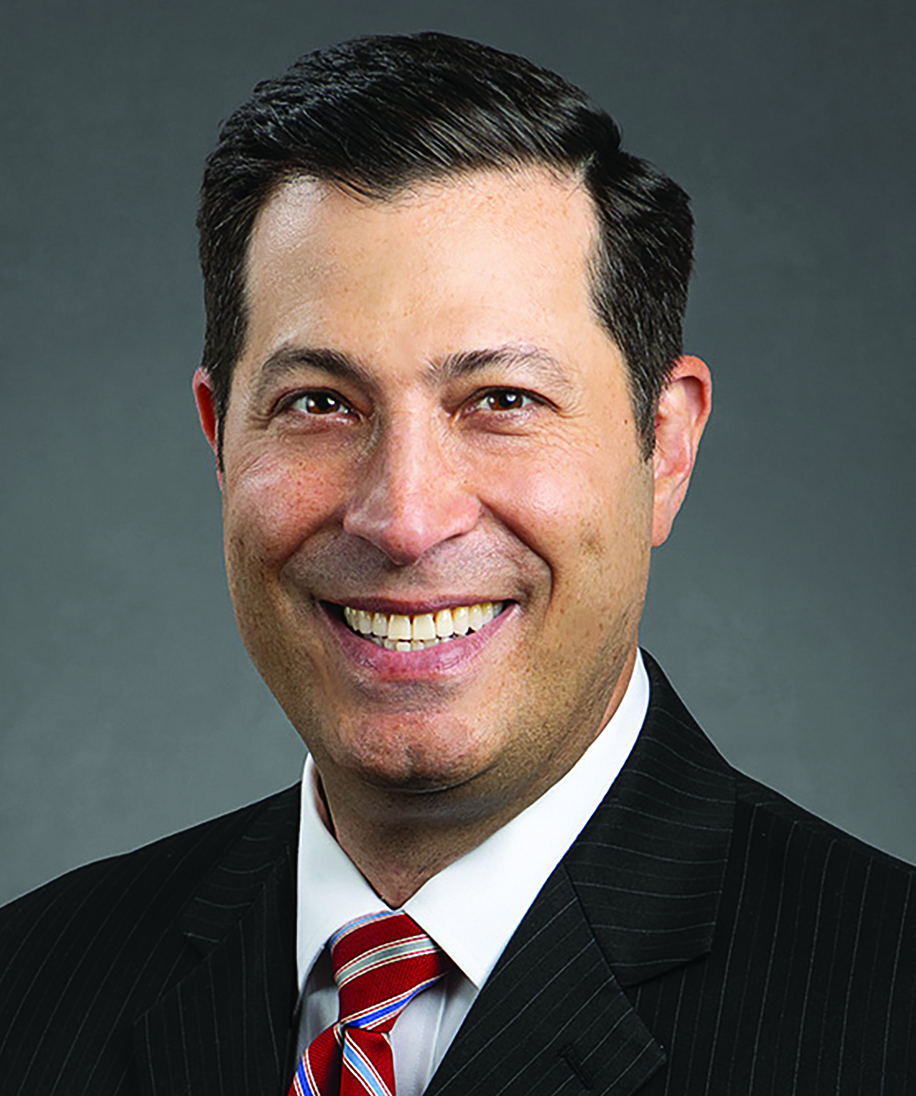Client Alert
PWFA Proposed Regulations and Potential Areas of Comment for Employers
August 28, 2023
By Sara B. Tomezsko,Emily R. Pidot,Kenneth W. Gage,Patrick W. Shea,Marc E. Bernstein
and Matthew Savage Aibel
The federal Pregnant Workers Fairness Act (“PWFA”) became effective on June 27, 2023. Employers with 15 or more employees are now required to reasonably accommodate a worker’s “known limitation” related to pregnancy, childbirth, or related medical conditions, unless the accommodation will result in undue hardship. A known limitation is one communicated to the employer by the employee or their representative. The law ensures that employees and applicants[1] who are pregnant, seeking to become pregnant, or are postpartum can receive appropriate workplace accommodations for pregnancy, childbirth, or related medical conditions that may not satisfy the definition of “disability” as defined in the Americans with Disabilities Act (“ADA”).
The PWFA requires employers to identify a reasonable accommodation for a “qualified employee.” This is different, however, than the familiar ADA definition—an employee who can perform the essential functions of the job with or without reasonable accommodation. The PWFA adopts the ADA’s definition of “qualified,” but extends protections to employees who cannot perform one or more essential functions if (a) any inability to perform an essential function is for a temporary period; (b) the essential function could be performed in the near future; and (c) the inability to perform the essential function can be reasonably accommodated.
An employer commits an unlawful employment practice by, among other things, failing to provide a reasonable accommodation, or taking any adverse employment action based on an employee or applicant’s request for such an accommodation. The PWFA also prohibits employers from mandating paid or unpaid leave as an accommodation when other workplace modifications are available that would allow an employee to keep working.
The Proposed Regulations Provide Much Needed Clarification, But Also New Challenges for Employers
On August 11, 2023, the Equal Employment Opportunity Commission (“EEOC”) published proposed regulations to the PWFA (“Proposed Regulations”). Interested parties have 60 days, or until October 10, 2023, to submit comments. The Proposed Regulations define key terms in the statute and offer examples of both related health conditions and potential reasonable accommodations. Those clarifications also usher in a new framework for analyzing reasonable accommodation requests that depart from the traditional ADA accommodation framework in several meaningful ways.
The Proposed Regulations make clear that the PWFA covers a broad range of limitations and physical or mental conditions
The conditions for which qualified employees may seek an accommodation under the PWFA are expansive. The statute covers physical or mental conditions related to, affected by, or arising out of pregnancy, childbirth, or related medical conditions. These conditions may be modest, minor, or episodic, and need not rise to the level of severity required to meet the definition of a “disability” under the ADA. Covered limitations also include a need or problem related to maintaining an employee’s health or the health of the pregnancy, seeking health care related to pregnancy, childbirth, or a related medical condition itself.
“Pregnancy” and “childbirth” are not limited to a current pregnancy but past pregnancies and potential or intended pregnancies as well. Related medical conditions are those that relate to, are affected by, or arise out of pregnancy and childbirth. The Proposed Regulations detail a “non-exhaustive list” of related medical conditions that includes lactation; birth control usage; menstruation; infertility and fertility treatments; endometriosis; miscarriage; stillbirth; and having or choosing not to have an abortion. The list also includes conditions that are not specific to pregnancy or childbirth, but may arise from or be exacerbated by those conditions, such as carpal tunnel syndrome; chronic migraines; high blood pressure; loss of balance; and vision changes.
The Proposed Regulations define “in the near future” as a forward-looking period of 40 weeks
The Proposed Regulations clarify the definition of “in the near future” to mean “generally” 40 weeks from the date the essential function(s) are first suspended, the temporal equivalent of a full-term pregnancy. Thus, an employee remains qualified under the PWFA, and may be excused from performing an essential function of the job, for as long as 40 weeks if the employer can reasonably accommodate that suspension of essential functions. Further, according to the Proposed Regulations, that 40-week period can restart if the employee experiences a new or different known limitation that requires accommodating. The EEOC believes that “restarting the calculation of ‘generally forty weeks’ … is necessary because it would often be difficult, if not impossible, for a pregnant employee to predict what their limitations (if any) will be after pregnancy.” Proposed Regulations, Section 1636.3(f)(2)(ii).
In addition, the EEOC’s interpretive guidance of the Proposed Regulations suggests that any time spent on leave related to recovery from pregnancy, childbirth, or a related medical condition does not count towards the 40-week period for purposes of determining whether an employee is “qualified.” Instead, the focus is on whether the employee, after returning from leave, would meet one of the two definitions for “qualified employee.”
The Proposed Regulations provide a framework for evaluating what is and is not an “essential function”
The Proposed Regulations, like the ADA, define “essential function” as the fundamental duties of the job. They include a list of non-exhaustive factors employers should consider to determine whether a job function is essential. These include: (1) whether the reason the position exists is to perform the function; (2) the number of available employees to whom those job functions can be distributed, if necessary; and (3) whether the function is highly specialized so that incumbents are hired for their expertise or ability to perform the function. Evidence relevant to the determination includes: (1) the employer’s judgment as to whether the function is essential; (2) written job descriptions; (3) the amount of time spent performing the function; (4) the consequences of not requiring the employee to perform the function; (5) the terms of any applicable collective bargaining agreement; (6) the work experience of past incumbents; and (7) the current work experience of incumbents in “similar roles.”
The Proposed Regulations clarify what constitutes an “undue hardship” when the employee cannot perform an essential function
If an employee is qualified under the PWFA, the employer must provide the accommodation unless doing so imposes an “undue hardship.” Factors to consider when assessing whether an accommodation imposes an undue hardship include those already familiar under the ADA:
- the nature and cost of the accommodation;
- the financial resources of the facility, the number of people employed at the facility, and the effect on expenses and resources;
- the overall financial resources of the company, the number of people employed by the company, and the number, type, and location of its facilities;
- the employer’s operations, including the composition, structure, and functions of the workforce, and the geographic separateness and administrative or fiscal relationship of the facility in question; and
- the impact of the accommodation upon the operation of the facility, including the impact on the ability of other employees to perform their duties and the impact on the facility’s ability to conduct business.
If the employee is “qualified” under the second definition of “qualified employee” in the PWFA, however, employers must consider additional factors, where relevant, to determine whether the requested accommodation poses an undue hardship, with no one factor being dispositive:
- the length of time that the employee or applicant will be unable to perform the essential function(s);
- whether there is work for the employee or applicant to accomplish;
- the nature of the essential function(s), including its frequency;
- whether the covered entity has provided other employees or applicants in similar positions with temporary suspensions of essential function(s);
- whether there are other employees, temporary employees, or third parties who can perform the essential function(s);
- whether the essential function(s) can be postponed or remain unperformed for any period of time, and if so, for how long.
Employers must assess whether an accommodation is reasonable on a case-by-case basis, according to the Proposed Regulations. There are, however, certain accommodations the EEOC deems presumptively reasonable and unlikely to result in undue hardship “in virtually all cases” when requested by an employee due to pregnancy. Those “predictable assessments” include allowing the employee to carry water and drink in a work area as needed; providing additional restroom breaks; allowing employees whose work requires standing to sit (and vice versa); and allowing breaks as needed to eat and drink.
Examples of reasonable accommodations under the Proposed Regulations
The Proposed Regulations provide practical guidance for employers by including numerous examples and illustrations of potential reasonable accommodations. Those include, but are not limited to, frequent breaks; sitting when the job requires standing (or vice versa); schedule changes; part-time work; paid and unpaid leave; telework; accessible parking; light duty; granting access to a restricted elevator; moving the employee’s workspace closer to a bathroom; providing a fan to regulate temperature; job restructuring; and, notably, temporary suspension of one or more essential functions. Employers should consider reviewing the various example scenarios in the Proposed Regulations for additional guidance on how to analyze specific requests, and what accommodations may be reasonable under the circumstances.
Areas of Comment and Next Steps
The PWFA applies nationwide, but employers should remain mindful of state and local laws potentially triggered by requests for reasonable accommodations arising from or related to pregnancy and childbirth.
Comments regarding the Proposed Regulations are due by October 10, 2023. Comments are invited generally, but the EEOC specifically seeks comments on particular issues. For example, the EEOC seeks comments concerning the definition of “in the near future,” suggesting that perhaps 40 weeks is insufficient and the definition should be expanded for a period of one year. The EEOC will also consider whether there are additional factors that should be considered in determining whether a function is essential for purposes of the PWFA, and whether the examples of “predictable assessments” should be expanded or contracted, and whether the final regulations should include as predictable assessments childbirth and related medical conditions in addition to pregnancy.
Regardless of whether they submit comments, employers should take steps now to ensure compliance with the new law. Employers should update their workplace posters to include references to the PWFA. Employers should also consider complying with the PUMP Act to provide reasonable breaks and private spaces for employees to pump breastmilk, even if not otherwise covered by the law. The EEOC considers compliance with the PUMP Act to be a potential reasonable accommodation.
Finally, employers should also update any accommodations policies and handbooks to account for the PWFA, as well as train Human Resources personnel, benefits specialists, and managers to recognize and handle requests for a workplace accommodation due to a known limitation.
We will continue to monitor these developments and provide further updates when the regulations become final.
[1] Like the Proposed Regulations themselves, this client alert refers to both employees and applicants collectively as “employees.”
Contributors





Practice Areas
For More Information




